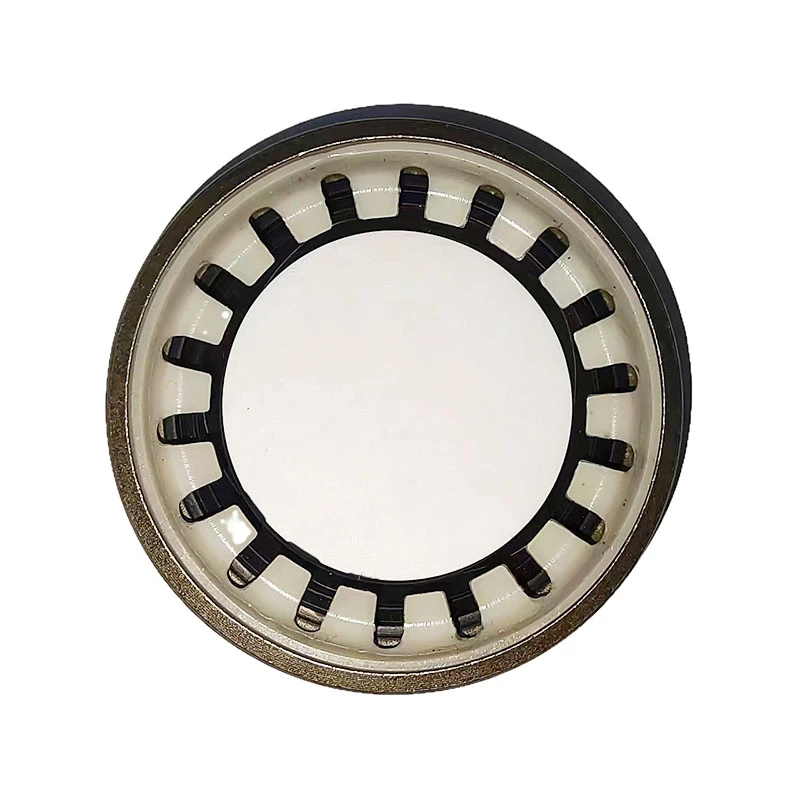liquid gasket for oil pan
Liquid Gasket for Oil Pan An Essential Component for Engine Longevity
In the world of automotive maintenance and repairs, ensuring that engine components are properly sealed is crucial for the longevity and performance of the vehicle. Among various sealing solutions, liquid gaskets have emerged as a favored choice, particularly for oil pans. This article will explore the importance of liquid gaskets for oil pans, the advantages they offer, and the best practices for application.
Understanding the Oil Pan and Its Function
The oil pan, also known as the oil sump, is a vital component of an internal combustion engine. It serves as a reservoir for engine oil, which lubricates the engine's moving parts, reduces friction, and helps dissipate heat. The oil pan is typically mounted at the bottom of the engine block and is held in place by bolts. A proper seal between the oil pan and the engine is essential to prevent leaks that can lead to oil loss, engine overheating, and ultimately, engine failure.
The Role of Liquid Gaskets
Traditionally, oil pans were sealed using pre-cut gaskets made from various materials such as cork, rubber, or composite materials. While these gaskets can provide an adequate seal, they often have limitations, including vulnerability to compression, movement, and temperature fluctuations that can lead to leaks over time.
Liquid gaskets emerged as a modern solution to these challenges. Made from silicone or other polymer compounds, liquid gaskets can be applied directly to the surfaces that need sealing, providing a customized fit. This flexibility allows for improved adhesion and sealing capabilities, which is particularly important in high-performance or high-temperature applications.
Advantages of Liquid Gaskets for Oil Pans
1. Superior Sealing Liquid gaskets fill in microscopic imperfections on mating surfaces, creating a tight seal that is typically more effective than traditional gaskets. This reduces the chances of oil leaks, providing peace of mind for vehicle owners.
2. Ease of Application Applying a liquid gasket is straightforward, as it requires minimal preparation. Clean the mating surfaces, apply the liquid gasket in a continuous bead, and then carefully place the oil pan into position. This simplicity is particularly beneficial in tight spaces where traditional gaskets may be difficult to install correctly.
3. Resistant to Temperature Variations Liquid gaskets can withstand a wide range of temperatures, making them ideal for oil pans that are subjected to engine heat. They remain flexible and effective even under extreme conditions, reducing the likelihood of cracking or hardening over time.
liquid gasket for oil pan

4. Enhanced Durability Due to their chemical composition, liquid gaskets typically offer improved resistance to oil, vibration, and other environmental factors. This durability prolongs the life of the seal and can reduce maintenance intervals.
5. Customization Liquid gaskets enable users to adjust the thickness of the material applied, offering flexibility for various applications and ensuring a perfect fit for any engine type.
Application Best Practices
To ensure the effectiveness of liquid gaskets when sealing an oil pan, following best practices during application is critical
1. Clean the Surfaces Before applying the liquid gasket, it is vital to thoroughly clean both the oil pan and the engine block. Remove any old gasket material, oil, or debris to create a smooth surface for the new seal.
2. Use the Right Gasket Material Depending on the engine type and operating conditions, select a liquid gasket that is compatible with engine oil and can withstand the temperatures involved. Silicone-based liquid gaskets are commonly recommended for oil pans.
3. Apply Evenly When applying the liquid gasket, ensure that the material is applied evenly and in a continuous bead, avoiding gaps that could lead to leaks.
4. Torque Specifications After positioning the oil pan, follow the manufacturer’s torque specifications when tightening the bolts. Too much pressure can crush the gasket, while too little can lead to leaks.
5. Curing Time Allow the liquid gasket sufficient time to cure before filling the oil pan with oil or running the engine. This will ensure that the seal forms properly and resists leaks.
Conclusion
In summary, liquid gaskets offer a reliable, efficient, and customizable solution for sealing oil pans. Their superior sealing capabilities, ease of use, and resistance to harsh conditions make them an ideal choice for both professional mechanics and DIY enthusiasts. By following best practices in application, vehicle owners can enhance the longevity of their engines and enjoy worry-free driving. As automotive technology continues to evolve, liquid gaskets will remain a pivotal element in maintaining optimal engine performance.
-
Simplifying Oil Changes: A Comprehensive Guide to Oil Drain Plugs and Their Variants
News Aug.04,2025
-
Mastering Oil Drain Maintenance: Solutions for Stripped, Worn, and Upgraded Oil Plugs
News Aug.04,2025
-
Fixing Oil Pan Plug Issues: Leaks, Stripped Nuts, and the Right Replacement Solutions
News Aug.04,2025
-
Everything You Need to Know About Oil Drain Plugs: Sizes, Fixes, and Upgrades
News Aug.04,2025
-
Choosing the Right Oil Drain Plug: A Guide to Sizes, Materials, and Drain Innovations
News Aug.04,2025
-
A Complete Guide to Automotive Drain Plugs: Types, Problems, and Innovative Solutions
News Aug.04,2025
-
The Ultimate Guide to Car Repair Kits: Tools and Essentials Every Driver Should Own
News Aug.01,2025
Products categories















